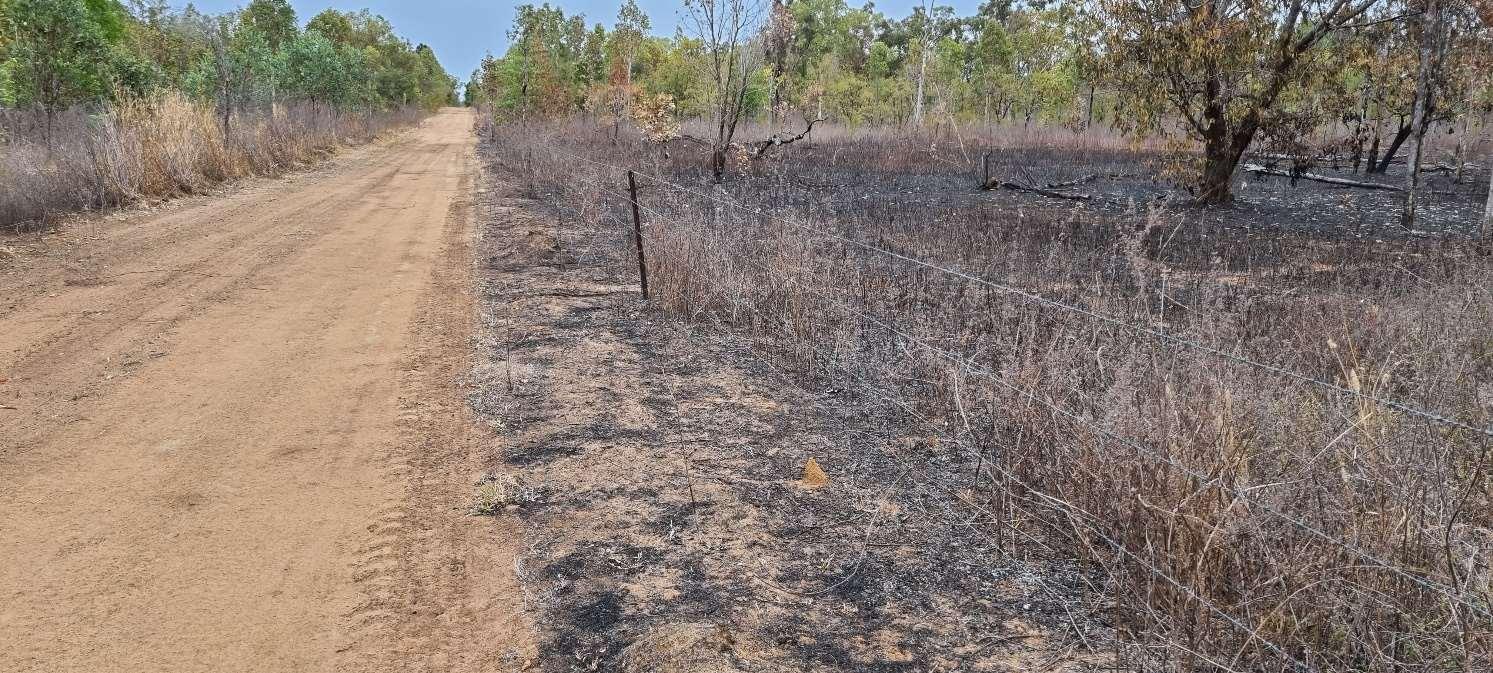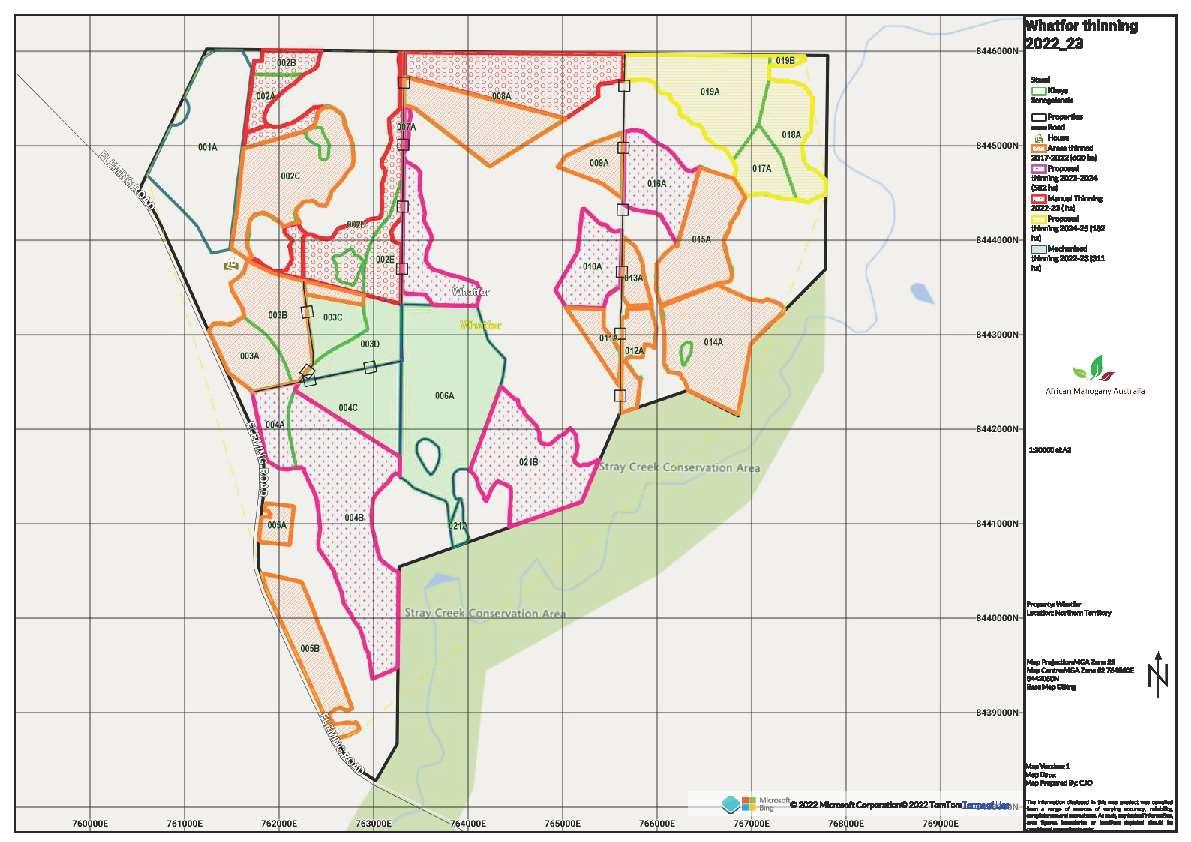
1 minute read
3. OperationalActivities
3.1 Thinning
Once the stand is established, thinning is the main method of influencing growth and development, and it is therefore crucial that thinning practice continues to help achieve management objectives.
Advertisement
Thinning is the removal of a number of trees from a plantation to reduce competition and provide increased room into which the remaining trees can extend their canopies and grow faster.
Thinning occurs naturally in all broadleaf woodlands and plantations, but in a haphazard fashion. By carrying out thinning operations, the best quality trees can be selected and favoured. The concept of thinning as a silvicultural treatment is to increases light, water, nutrients, and space available to the remaining trees. It will increase the stem volume of the selected trees over time and reduce the rotation length (time to final harvest).
Based on long-term research trial in the AMA mahogany estate, the Whatfor stands are being thinned down to a stocking of approximately 250-300 sph. Prior to thinning, tree marking is undertaken to assist in the selection of quality trees and even distribution within the stand – this is a critical operation which will determine which trees will grow on to be final crop trees. This operation also aids in increasing the speed in which manual falling crews can complete thinning in any given area.
3.2 Hayoperations
The 2021/22 jarra hay crop which was harvested in April was all sold at the end of the dry season to the Katherine feed mill. The sale price of $190/t (ex gst) delivered to Katherine ($144/t farmgate) was ~18% lower than the budgeted $170t (ex gst) farmgate. A depressed market for jarra, combined with high material costs (fertilizer and herbicides) and elevated transport costs (diesel prices causing an addition fuel levy for transport) resulted in a small loss on the jarra.
Following discussions with HVT CC board members, because of the extreme increase in fertiliser prices - $920/t (2021) versus $1450/t (2022); it was opted not to undertake fertilising of the 2022/23 hay crop. It was agreed that weed management would be undertaken as deemed necessary to improve the jarra quality and decrease broadleaf weed infestations. The mowing and baling of hay will be assessed in April 2023.
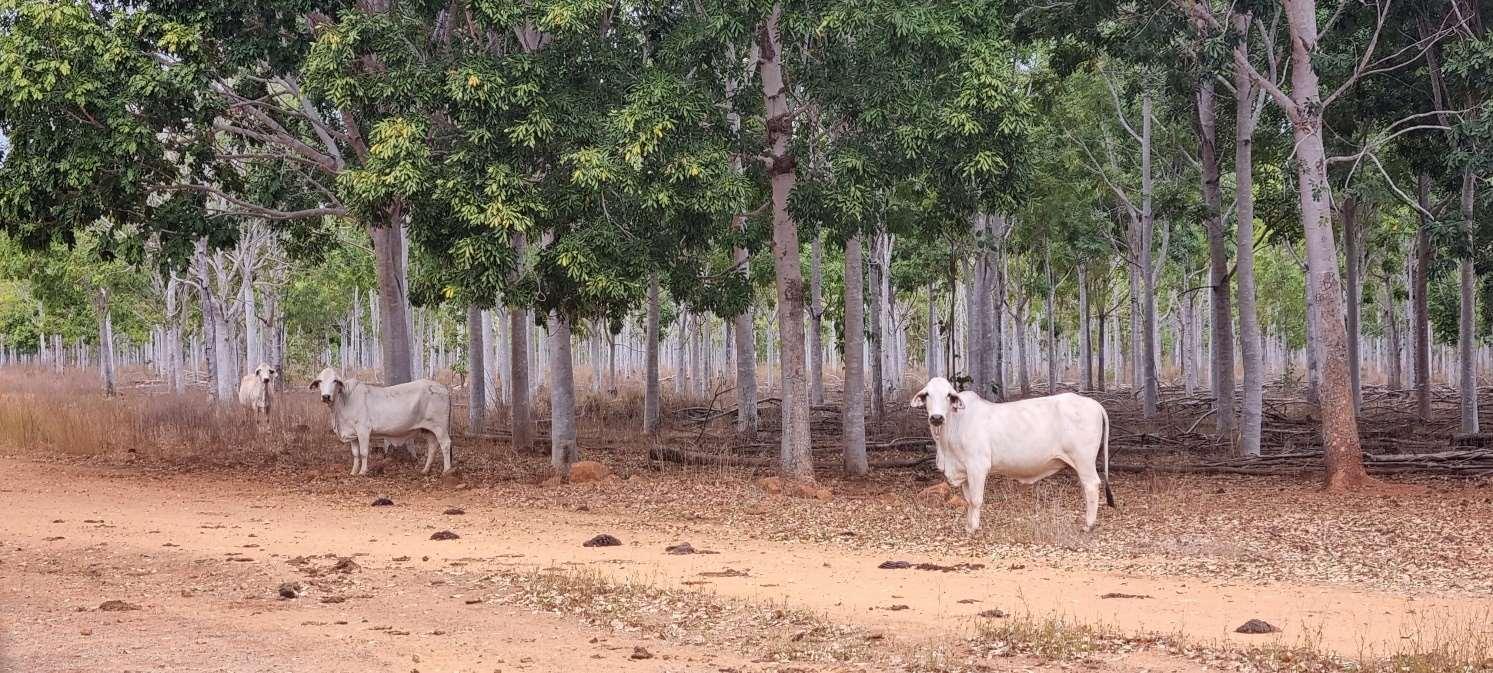
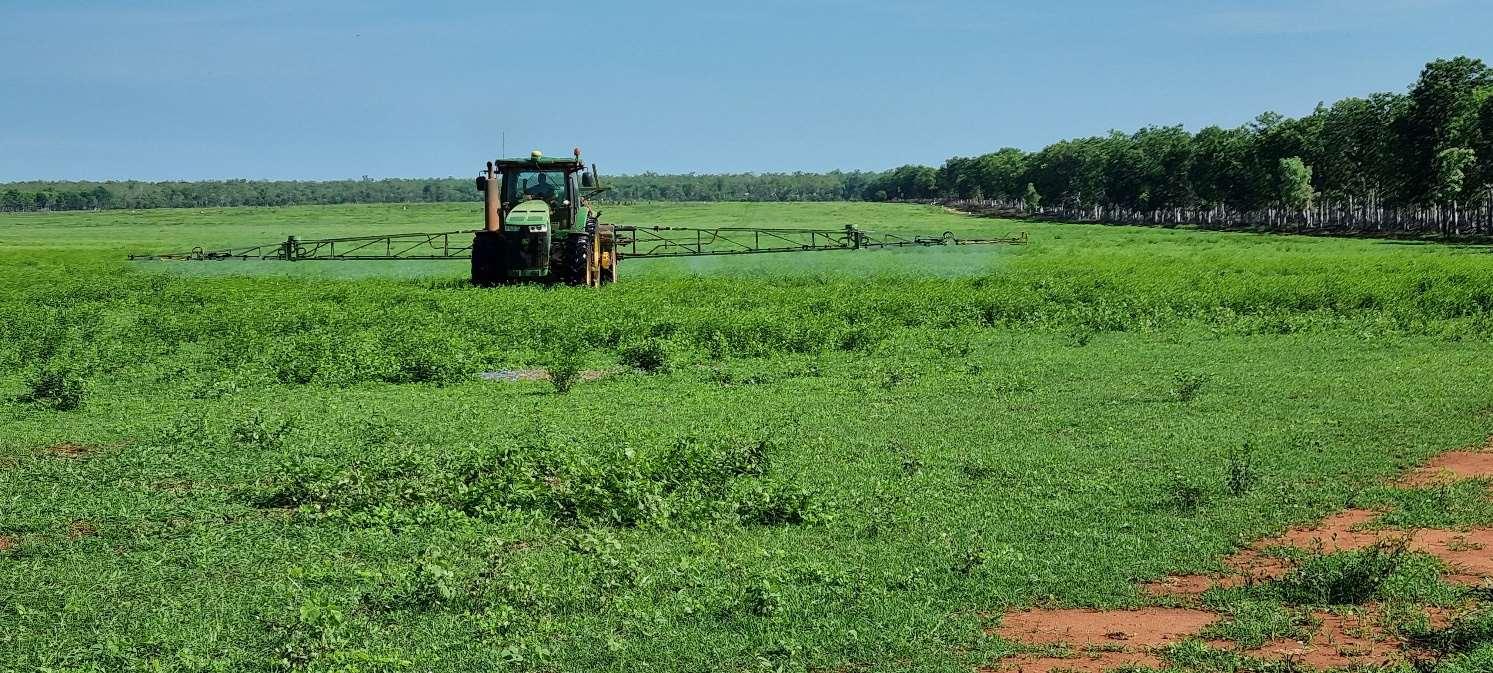
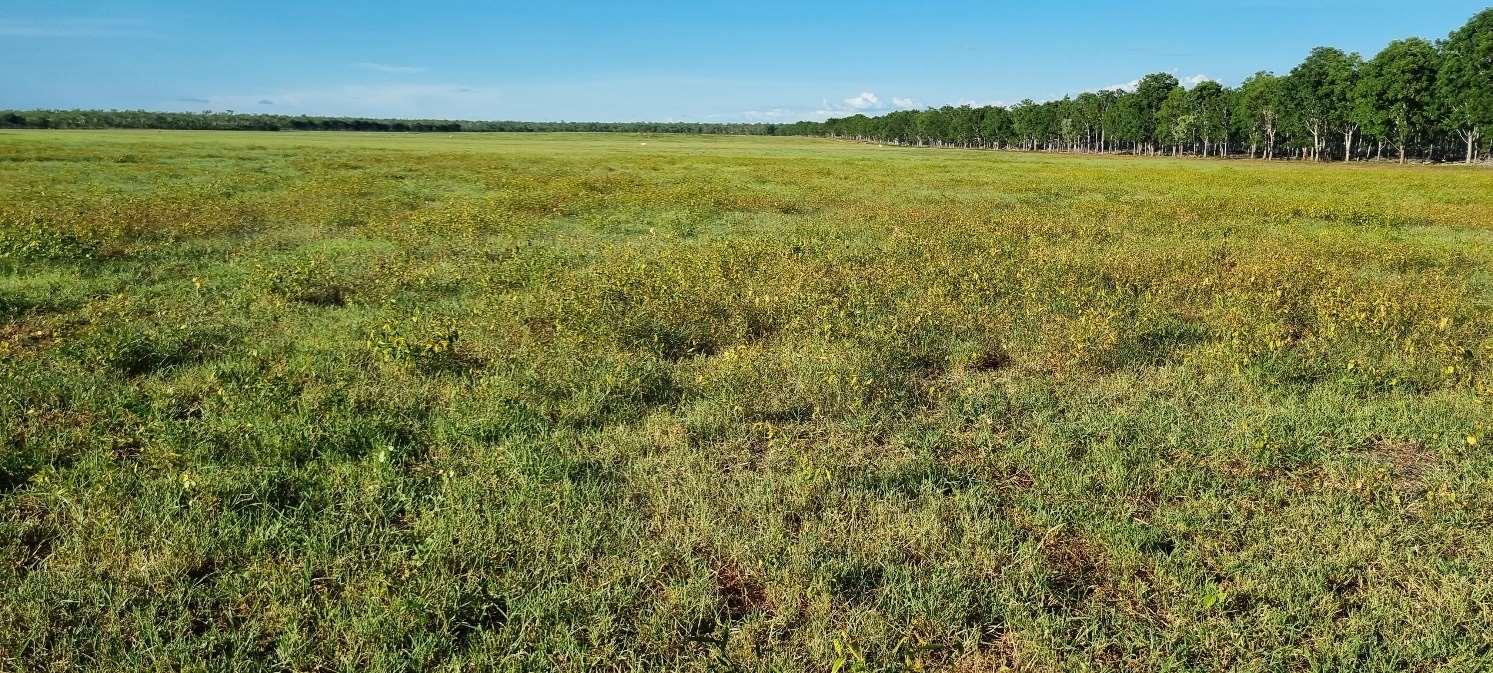
3.3 Firemanagement
The good maintenance of firebreaks and early dry season control burns along the vulnerable boundaries surrounding Whatfor undertaken by AMA, NT Parks& Wildlife, the Douglas Daly Volunteer Fire Brigade and local landholders proved essential during dry season wildfires in the region.
The wildfire that threatened Whatfor in August did not enter the property. AMA aided the neighbouring property (Whynot) to help control spot fires and decrease chances of further fire damage.
